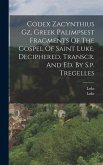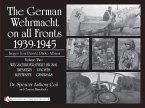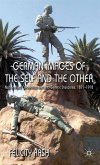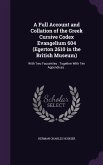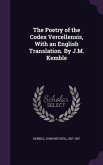The Evangelistary of Uta of Niedermünster is an eleventh-century Ottonian illuminated manuscript in which the images of an entire iconographic program constitute a complex of the miniatures with incorporated into it scriptural text of the pericopes from the Gospels, arranged according to the order of the liturgical readings. The letters of which the Gospels consist bear witness about the Incarnation into them of the Primordial Sound, that is, the Word-Son, emitted by the Father, and an image, symbolizing this Sound, is the cross of light, which, according to ancient Christian tradition, represent the Logos. In the Uta codex the miniatures of fol. 4r represent a depiction of the celebration of the liturgy within the architectural structure of the church, all of which serving as the veils of the Divine Logos, expressed, in conformity with the teaching of Ps.-Dionysius, as the ray of light, represented by the length of the golden cross. This Logos-ray, following an ancient Jewish-Christian tradition, is endowered with priestly functions, correlating with the image of St. Erhard celebrating mass in the depicted church and within the framework of the symbolical temple of the Scripture.

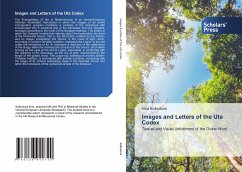
![The Martyrdom of Joseph Standing: or, The Murder of a Mormon Missionary. A True Story. Also an Appendix, Giving a Succint [sic] Description of the Uta The Martyrdom of Joseph Standing: or, The Murder of a Mormon Missionary. A True Story. Also an Appendix, Giving a Succint [sic] Description of the Uta](https://bilder.buecher.de/produkte/64/64528/64528424m.jpg)
